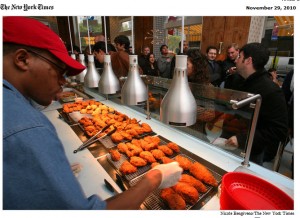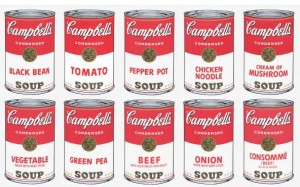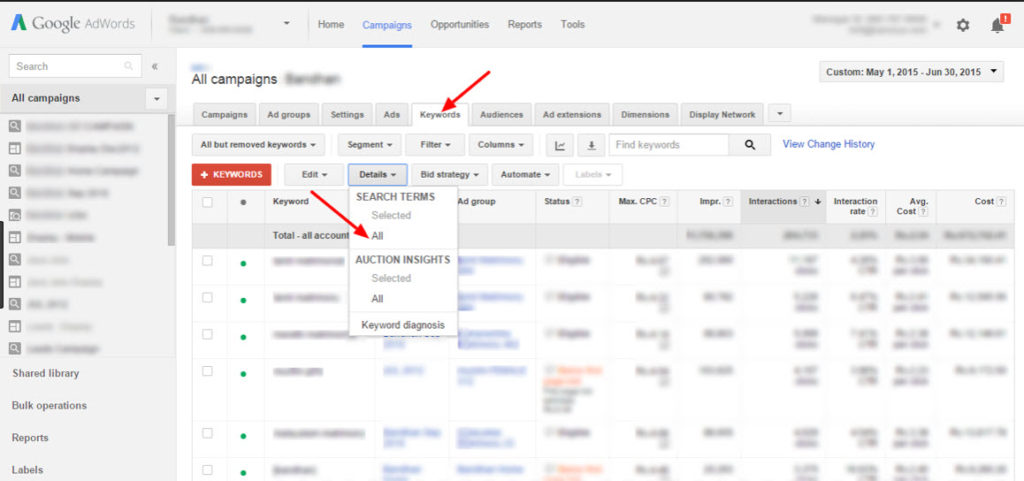The Web’s Specialty.
There’s a cool story in today’s New York Times about single-food restaurants. It stands to reason that enterprises of this type can only thrive if the food is excellent and the stores located in highly populated areas. In NYC you can take out and, in some cases, eat in at a Mac and Cheese store or a meatball store. There are places that sell only mussels, only rice pudding, and only fried chicken. It’s a growing phenomenon. Specialization suggests focus; a focus on quality, ingredients, product and knowledge.
In mid-town Manhattan, where there are probably a half million lunches served within walking distance of any high-rise, there are lots of options. So why not go to the best option; the place that specializes? The place that eats, breathe and sleeps its specialty. Forget me not that this type of store can scale well and have a supply chain with amazingly fat margin opportunities. That’s gravy at the gravy store.
This is a key chapter in the story of the Web — and where the web is going.
I’ve written before about “worldwide pricing” and the ability to search the world for the best prices. Well, how about searching the world for the best quality? The ability to do so is a web app. And specialization and focus are the tools of that trade.
We are bound by product and service mediocrity because of geographic and time limitations. And because of supply and demand. Well, say buh-bye to these barriers. Ima stop there and let you entrepreneurs ponder that for a while. Ponder, Ponder. Peace!







